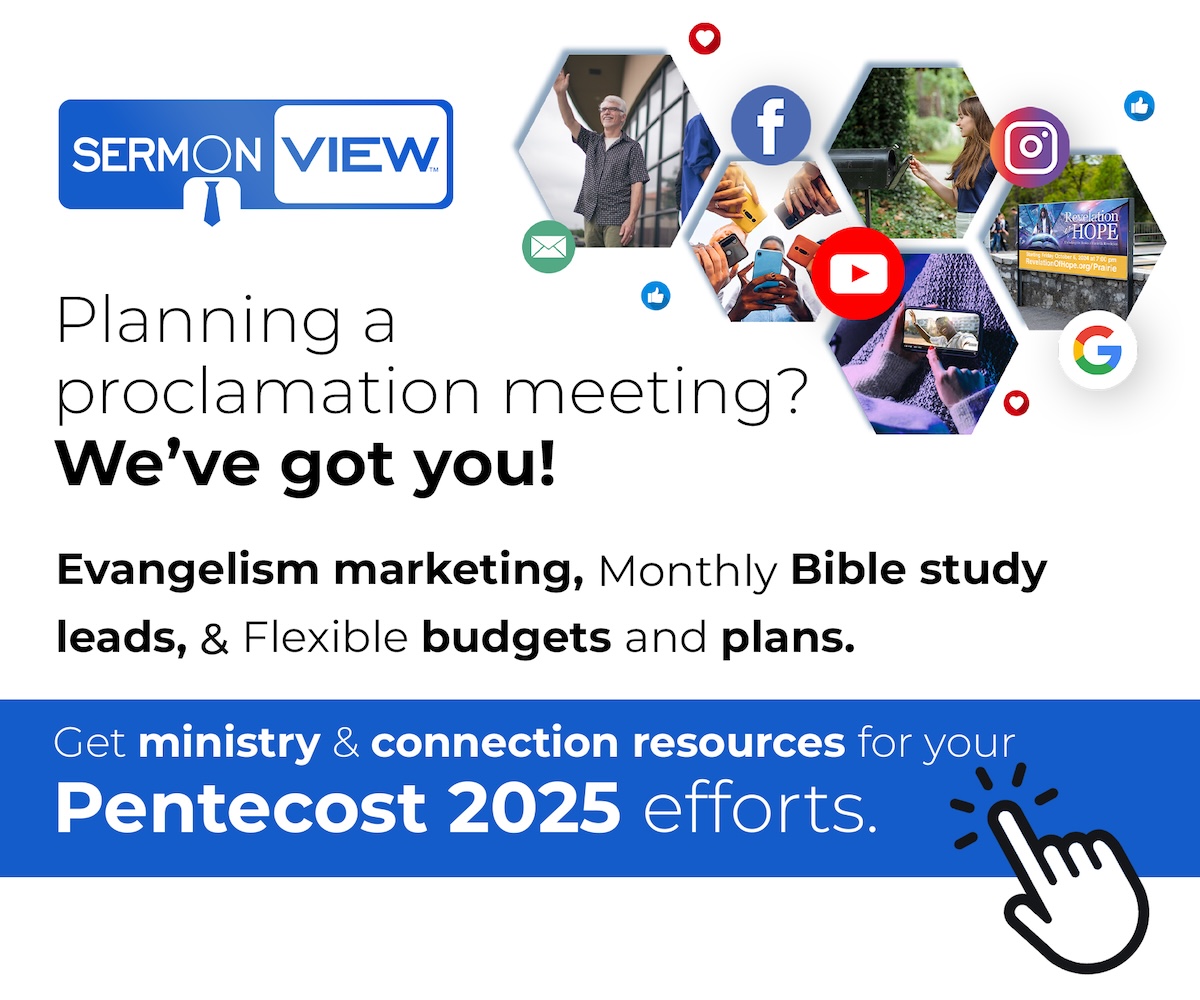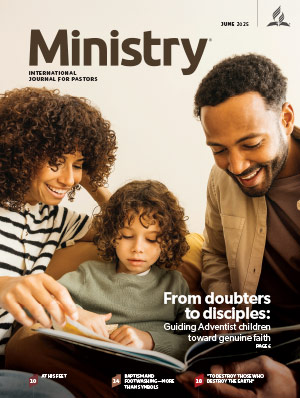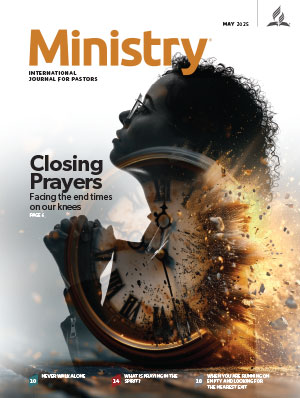In 509 BC, before Rome became the capital of a mighty empire, the Etruscan army marched toward the city.1 The Etruscans numbered in the tens of thousands, with foot soldiers and cavalrymen, their swords and spears gleaming in the afternoon sun. The ill-prepared Roman army fled into the city. Only one obstacle stood between the Etruscans and sure victory—they had to cross the Tiber River on a narrow footbridge. The Romans’ only hope to ward off the enemy and save their city was to destroy the bridge. Feverishly, they swung their axes, racing against time as the Etruscans drew closer. Soon it became evident they would not quite finish their task in time.
Sensing the gravity of the moment, a young Roman soldier named Horatius stood in the gap between the advancing Etruscans and the foot of the bridge. With sword in hand, he fought valiantly, trying to buy his compatriots precious moments to complete their work. Finally, the bridge collapsed into the rushing waters. Rome was saved because one man was willing to stand in the gap.2
Today the “enemy comes in like a flood” (Isa. 59:19)3 to our homes, churches, and communities. God earnestly seeks those who will stand in the gap on behalf of a doomed generation. In the days of Ezekiel, God unfortunately found “no one” willing to intercede (Ezek. 22:30). Hopefully, He finds intercessors available today.
Intercessory prayer is the cornerstone of pastoral ministry that directly affects the church’s spiritual vitality and evangelistic impact in the community. This article explores the biblical foundation of intercessory prayer, provides practical guidance for its implementation, and highlights its transformative influence.
The power of intercessory prayer
Intercessory prayer seeks divine intervention for the salvation of others—friends, family, neighbors, and even strangers—so they might come to know God’s truth and experience His saving grace.
The Bible is replete with examples of individuals who stood in the gap through prayer: Abraham interceded for Sodom, pleading for its residents to be spared (Gen. 18:22–33). Moses prayed for wayward Israel at the time of the golden calf (Ps. 106:23; Exod. 32:11–14, 32), and God averted His judgment. Daniel’s sincere confession and repentance on behalf of Israel led to their release from 70 years of captivity (Dan. 9). The New Testament highlights Elijah’s fervent prayers as a model of effective intercession (James 5:16–18). When the widow’s son died, the prophet carried him to the upper room. There he labored in prayer until God restored the boy to life (1 Kings 17:19–22). Later Elijah prayed on Mount Carmel, asking God to revive a spiritually dead nation, and the Lord responded dramatically (1 Kings 18). Such examples show what will happen when we carry our “dead” loved ones to the upper room or summit—God will restore them to life again because of fervent prayer.
The ultimate example of standing in the gap is Jesus Christ. Isaiah 59:2 reveals that our “iniquities have separated [us] from [our] God” and that salvation is “far from us” (v. 11). Jesus looked upon our desperate dilemma and noted there was “no man” or “intercessor” (v. 16), so He voluntarily offered to become that “Man.” Christ donned the vestments of salvation (vv. 16, 17) and plunged to earth to become our Horatius. He hung on Calvary’s cross, suspended between a holy God and an imperfect people. “Father, forgive them!” He cried. “Let My name be blotted out of the record book, rather than theirs” (cf. Exod. 32:32; Isa. 53:6; 1 Pet. 2:24).
But Jesus did not intervene to appease an angry Deity, for “ ‘God so loved the world that He gave His only begotten Son, that whoever believes in Him should not perish but have everlasting life’ ” (John 3:16). The whole Godhead sacrificed themselves to rescue fallen humanity from the onslaught of the evil “Etruscan” forces. Today each of us is saved because of that one Man who stood in the gap!
My personal prayer journey
Intercessory prayer holds special significance in my life. I owe much of my spiritual journey to the prayers of others. When I was a theology student at Southern Adventist University, I took a class from Minon Hamm, an extraordinary English teacher who prayed over each desk before class, asking God to draw her students to Christ. As a result, I attribute my conversion largely to her prayers and others who stood in the gap for me.
Today, as a professor at Southern, I strive to continue this legacy. I pray over a printout of my students’ thumbnail photos, lifting each one up by name. Every semester I witness students making decisions for Christ and baptism—a testament to the power of intercessory prayer.4
A rude awakening
As a young ministerial intern in Birmingham, Alabama, I was eager to achieve record baptisms. I conducted Bible studies, led youth ministry, and directed the Pathfinder Club. Yet halfway through the year, I felt disillusioned. My efforts seemed fruitless, and I questioned my calling.
One day, after a disappointing Bible study visit, I parked under a shade tree and cried to God, “Lord, show me what is lacking in my ministry.” Turning to 1 Timothy 2:1, I read, “I exhort first of all that supplications, prayers, intercessions, and giving of thanks be made for all men.” The word first struck me. Before anything else, prayer must take precedence. At that moment I realized I had been relying on my efforts without prioritizing prayer.
That week I began creating a prayer list and earnestly interceding for others. Miraculously, change occurred—first in my own heart. God gave me a shepherd’s heart, a passion for people, and a genuine desire to see souls saved. As I prayed, conversions and baptisms followed. I am convinced that when we work, little happens, but when we pray, God goes to work, and miracles take place!
The purpose of prayer
Prayer is transformative, both for the ones praying and those being prayed for. First Timothy 2:4 reveals that God “desires all people to be saved and come to the knowledge of the truth.” Prayer tears down spiritual strongholds, dissolves arguments, and opens hearts to the gospel (2 Cor. 10:4, 5). Ellen White underscores the need to claim God’s promises and intercede fervently for souls. She urges, “Select another and still another soul, daily seeking guidance from God. . . . As you do this, you will see that God will give the Holy Spirit to convict, and the power of the truth to convert, the soul.”5 Intercessory prayer is indispensable in soul winning.
Practical tools for intercession
Here are some practical tools for enhancing one’s personal prayer life.
Create a “10 Most Wanted” list. One effective way to focus your prayers is to make a “10 Most Wanted” list—a roster of individuals for whom you pray earnestly. While you pray, claim God’s promises and recite God’s Word back to Him because this appeals to His sovereign will and omnipotent power. For instance, “God, You have said, You are ‘not willing that any perish but that all should come to repentance’ (2 Pet. 3:9). Therefore, unleash the arsenal of heaven to save Jennifer.” You can also reach out to Jennifer, share that you are praying for her, and ask if she has any specific requests. Periodically check in to build connections and open doors for further ministry.
Start a prayer journal. A prayer journal can help you stay consistent in your intercessory efforts. I use a three-ring binder with five tabs for various prayer categories:6
- Personal—Prayers for personal growth or my family’s needs.
- Church—Requests for the local and global church.
- Outreach—Intercessions for those who need a saving relationship with Christ.
- Special needs—Petitions for medical, financial, or relational challenges of others.
For each of these four categories, keep a running list of prayer entries in “list” format, along with the date of entry and a simple request per line.
- Daily—Write out your prayers in “paragraph” format. Each morning, scan one of the “list” categories and ask the Lord to show you which items need to be “labored” over in prayer. Write these expanded prayers as a form of pouring out your heart to God for those individuals or needs.
When prayers are answered, circle and date them, creating a record of God’s faithfulness. Alternatively, you can use prayer apps such as Prayer Mate or other digital options.7
Prayer in crisis
Intercession becomes especially vital during crises. In 2013 my brother, John, was involved in a head-on collision. The first responders cut him out of his truck with the Jaws of Life and rushed him to the University of Tennessee Medical Center. There he lay in a coma for two and a half weeks with fractured bones and battered organs.
That next morning I sat by his bedside and listened to him gurgle through a breathing tube. I feared that I would never see him whole on this earth again. However, in my despair, God impressed me to claim Ezekiel 37 about the “valley of dry bones.” He prompted, “David, if I can resurrect a valley of dry bones, I can heal your brother physically and spiritually.” Consequently, I prayed fervently for both physical and spiritual restoration, and I witnessed a miracle as God healed John’s body and began restoring his soul.
Will you take the journey?
Who in your life is in the spiritual “intensive care unit” and needs someone to stand in the gap? Perhaps it is a family member, friend, neighbor, or parishioner heading toward a Christless eternity. What are you going to do about it? Will you intercede for them?
Jesus, our ultimate intercessor, invites us to join Him in this intercessory role. Hebrews 7:25 promises that He “ever lives to make intercession for [us].” When we pray, we stand with the mightiest Prayer Warrior of all. Will you stand in the gap with Jesus and not quit until the earthly ties (“bridge”) of this world are cut away and we are safely home in heaven?
- This article is adapted from David L. Hartman, “Style #1: Standing in the Gap,” in Winning Ways to Witness: Seven Witnessing Styles That Attract People to Christ (Collegedale, TN: College Press, 2023), 75–83.
- See, for example, Britannica, s.v. “Horatius Cocles,” https://www.britannica.com/topic/Horatius-Cocles.
- Scripture is from the New King James Version.
- See Amanda Blake, “Students Commit to Baptism During Religion Class,” Southern Tidings, June 2023, https://www.southerntidings.com/news/students-commit-to-baptism-during-religion-class/.
- Ellen G. White, Medical Ministry (Mountain View, CA: Pacific Press, 1963), 244, 245.
- For detailed instructions on prayer journaling, see appendix C of Winning Ways to Witness, 228–231. I am indebted to Melvin Santos and his Masterplan of Discipleship for this prayer journal method.
- See PrayerMate at https://www.prayermate.net/app. Another option is Echo Prayer at https://www.echoprayer.com/.
- Dennis Smith, 40 Days: Prayers and Devotions to Prepare for the Second Coming (Hagerstown, MD: Review and Herald, 2009).
- Melody Mason, Daring to Ask for More (Nampa, ID: Pacific Press, 2014).
- Philip G. Samaan, Christ’s Way to Pray (pub. by author, 2006).
- See, for example, Prayer Box at https://www.prayerboxapp.com/.














